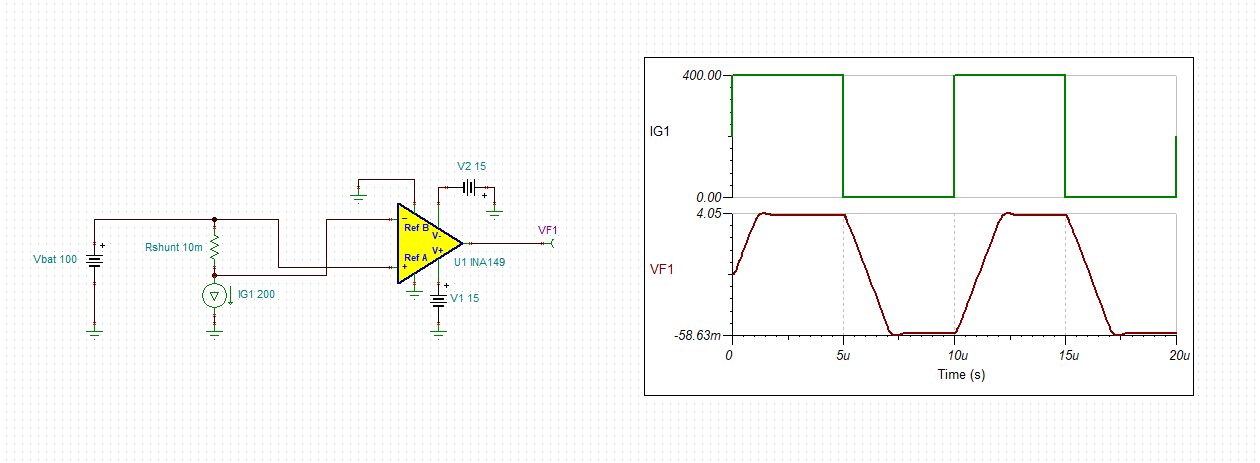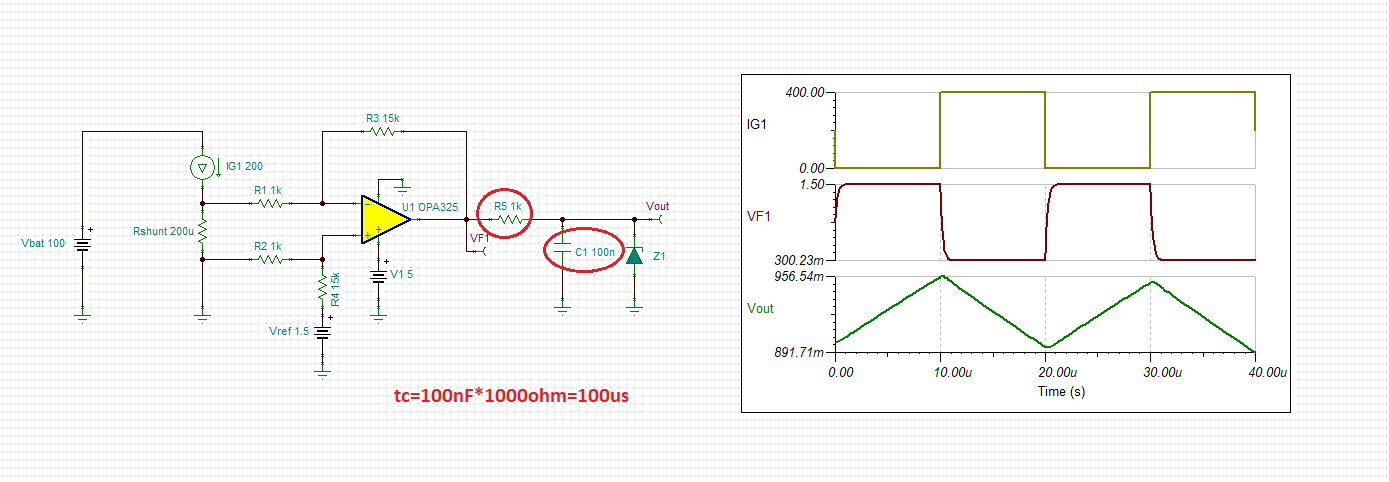Hi
I am working on the Battery Application ( 0 to 100VDC) and measuring the charge / discharge 100A current with shunt method. Now I want to introduce the short circuit detection and protection of power switches. The permissible short circuit current is ~400A for few micro seconds. Please suggest how to detect this current <10uS.
Thanks
Sandeep






